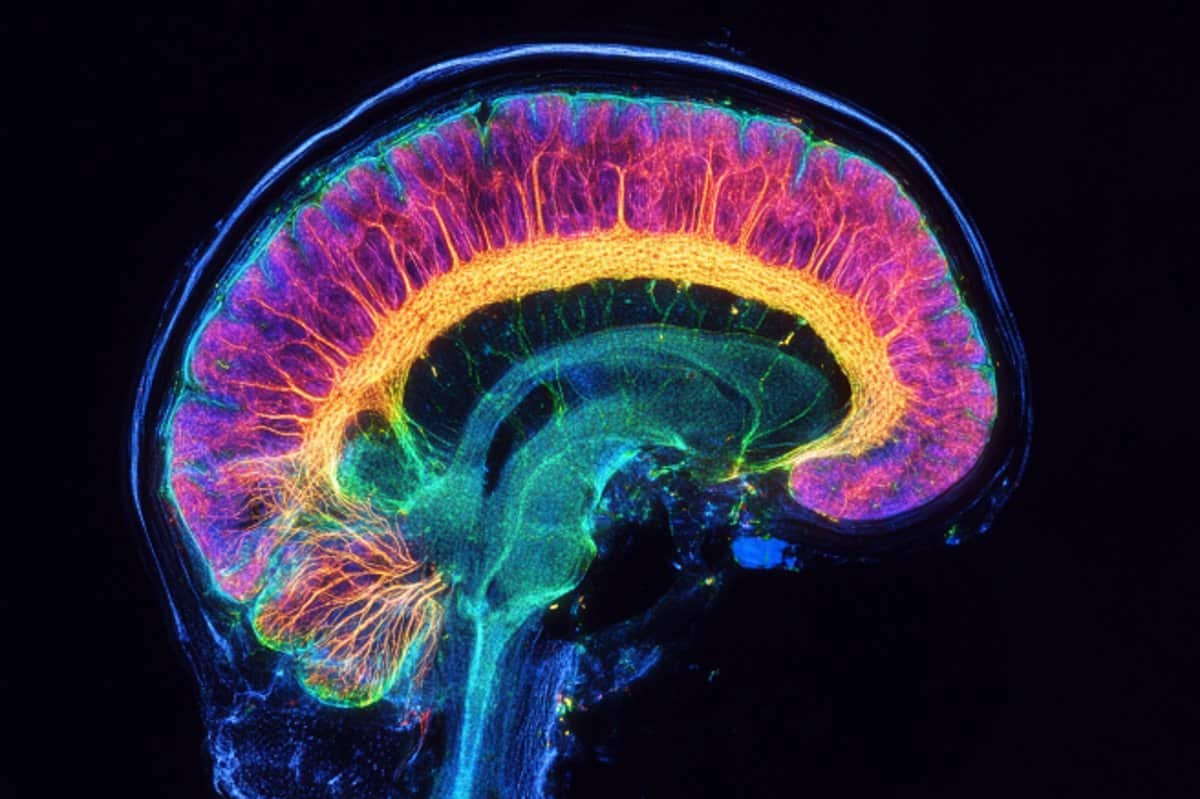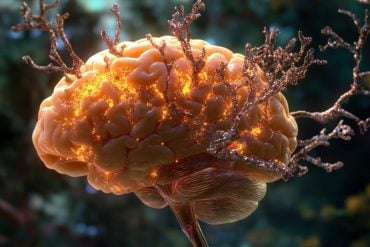Summary: Researchers have developed a new method to profile gene activity in the living human brain, offering new insights into neurological conditions like epilepsy. By analyzing RNA and DNA collected from electrodes implanted in patients’ brains, the study linked molecular data with electrical recordings of seizures, creating a detailed snapshot of gene activity.
This approach enhances understanding of seizure networks, potentially improving the precision of epilepsy surgeries for patients who don’t respond to medication. Beyond epilepsy, the method could have applications in studying Alzheimer’s, Parkinson’s, and schizophrenia, advancing knowledge of brain disorders at the molecular level.
Key Facts:
- Molecular data from implanted electrodes reveals active genes in the living brain.
- This method links gene activity to electrical seizure networks, guiding surgery.
- Applications extend to Alzheimer’s, Parkinson’s, and other brain disorders.
Source: RCSI
A groundbreaking method to profile gene activity in the living human brain has been developed by researchers at FutureNeuro, the Research Ireland Centre for Translational Brain Science and RCSI University of Medicine and Health Sciences, Dublin, in collaboration with international partners.
This innovative approach, published in JCI Insight, opens new avenues for understanding and treating neurological conditions like epilepsy.
Studying gene activity in the brain without requiring invasive tissue samples from surgery or post-mortem donation has been a long-standing challenge in neuroscience.

By analysing molecular traces — specifically RNA and DNA — collected from electrodes implanted in the brains of patients with epilepsy and linking these with electrical recordings from the brain, the researchers were able to take a ‘snapshot’ of gene activity in the living brain.
These electrodes, clinically used to pinpoint seizure activity in patients enabling surgical interventions, provide a unique opportunity to link brain activity to the genes being switched on or off in specific regions.
The study demonstrates how integrating molecular data with electrical recordings of seizures can enhance our understanding of the brain’s seizure networks, potentially improving the precision of epilepsy surgeries.
Professor David Henshall, Director of FutureNeuro and Professor of Molecular Physiology and Neuroscience at RCSI said: “This study represents a significant advancement in epilepsy research, providing a method to detect active genes within the living brain of individuals with epilepsy.
“This technology has the potential to complement traditional brain imaging and EEG tests that measure electrical activity in the brain, offering valuable insights to guide surgical decision-making in the treatment of those with epilepsy.”
Epilepsy affects approximately 40,000 people in Ireland, with one in three people unable to control seizures through medication. For these individuals, surgical intervention is often the best option, but its success hinges on accurately mapping the regions responsible for seizure activity.
Beyond epilepsy, the study lays the groundwork for broader applications, including research into Alzheimer’s, Parkinson’s, and schizophrenia, where understanding molecular processes in the living brain is vital.
The research, led by Professor Henshall and Professor Vijay Tiwari, Professor of Genome Biology at the University of Southern Denmark, also involved a global network of collaborators, including experts from Beaumont Hospital, Blackrock Clinic, Queen’s University Belfast, the University of Southern Denmark, and the Danish Institute for Advanced Study.
It underscores the value of international collaboration and marks a step forward in understanding how our brains function at the molecular level, offering hope for improved diagnosis and care for those impacted by neurological conditions.
Funding: This study was funded by the Higher Education Authority (HEA) North-South Research Programme and FutureNeuro.
About this genetics and brain mapping research news
Author: Laura Anderson
Source: RCSI
Contact: Laura Anderson – RCSI
Image: The image is credited to Neuroscience News
Original Research: Open access.
“High-resolution multimodal profiling of human epileptic brain activity via explanted depth electrodes” by David Henshall et al. JCI Insight
Abstract
High-resolution multimodal profiling of human epileptic brain activity via explanted depth electrodes
The availability and integration of electrophysiological and molecular data from the living brain is critical to understand and diagnose complex human disease. Intracranial stereo electroencephalography (SEEG) electrodes used for identifying the seizure focus on epilepsy patients could enable the integration of such multimodal data.
Here, we report MoPEDE (Multimodal Profiling of Epileptic Brain Activity via Explanted Depth Electrodes), a method that recovers extensive protein-coding transcripts, including cell-type markers, DNA methylation and short variant profiles from explanted SEEG electrodes matched with electrophysiological and radiological data allowing for high-resolution reconstructions of brain structure and function.
We find gene expression gradients that correspond with the neurophysiology-assigned epileptogenicity index but also outlier molecular fingerprints in some electrodes, potentially indicating seizure generation or propagation zones not detected during electroclinical assessments.
Additionally, we identify DNA methylation profiles indicative of transcriptionally permissive or restrictive chromatin states and SEEG-adherent differentially expressed and methylated genes not previously associated with epilepsy.
Together, these findings validate that RNA profiles and genome-wide epigenetic data from explanted SEEG electrodes offer high-resolution surrogate molecular landscapes of brain activity.
The MoPEDE approach has the potential to enhance diagnostic decisions and deepen our understanding of epileptogenic network processes in the human brain.






